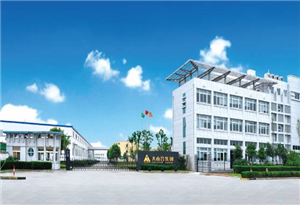
Dushanhe’s Multifaceted Ecosystem in the Edible Fungus Industry

Dushanhe’s success story is rooted in its vertically integrated industrial ecosystem, spanning multiple subsidiaries, expansive cultivation bases, and state-of-the-art processing facilities. With over 20 subsidiary companies and 50+ cultivation bases across China, the company has built a robust supply chain that ensures quality, consistency, and scalability. From genetically optimized mushroom strains developed in research hubs to climate-controlled greenhouses and automated harvesting systems, every step is meticulously managed. These facilities are strategically located in regions like Yunnan and Fujian—biodiversity hotspots ideal for fungal cultivation—to maximize natural resources while minimizing environmental impact. This integrated model not only streamlines production but also allows Dushanhe to maintain strict quality control, from soil testing to final product certification.

Beyond production, Dushanhe’s ecosystem thrives on innovation and global connectivity. Its modern processing factories utilize advanced technologies such as freeze-drying, enzymatic extraction, and AI-driven quality assurance to transform raw mushrooms into high-value products like powders, extracts, and functional ingredients. These offerings cater to diverse markets, including pharmaceuticals, cosmetics, and health food industries. By integrating R&D, farming, and manufacturing under one cohesive network, Dushanhe has positioned itself as a leader in sustainable agriculture. The company’s commitment to circular economy principles—such as repurposing cultivation waste into biofertilizers—further underscores its dedication to ecological balance. As Dushanhe continues to expand its footprint, this holistic approach not only strengthens its competitive edge but also sets a benchmark for the global edible fungus industry.

